Scientists tested for the first time the new theory of gravity, with weak gravitational lensing.
A team led by astronomer Margot Brouwer (Leiden Observatory, The Netherlands) has tested the new theory of theoretical physicist Erik Verlinde (University of Amsterdam) for the first time through the lensing effect of gravity. Brouwer and her team measured the distribution of gravity around more than 33,000 galaxies to put Verlinde’s prediction to the test. She concludes that Verlinde’s theory agrees well with the measured gravity distribution.
The above illustration shows a phenomenon known as gravitational lensing, which is used by astronomers to study very distant and very faint galaxies. Note that the scale has been greatly exaggerated in this diagram. In reality, the distant galaxy is much further away and much smaller. Credit NASA, ESA & L. Calçada
Lensing clusters are clusters of elliptical galaxies whose gravity is so strong that they bend the light from the galaxies behind them. This produces distorted, and often multiple images of the background galaxy. But despite this distortion, gravitational lenses allow for greatly improved observations as the gravity bends the light’s path towards Hubble, amplifying the light and making otherwise invisible objects observable.
sources spacetelescope, astronomie.nl

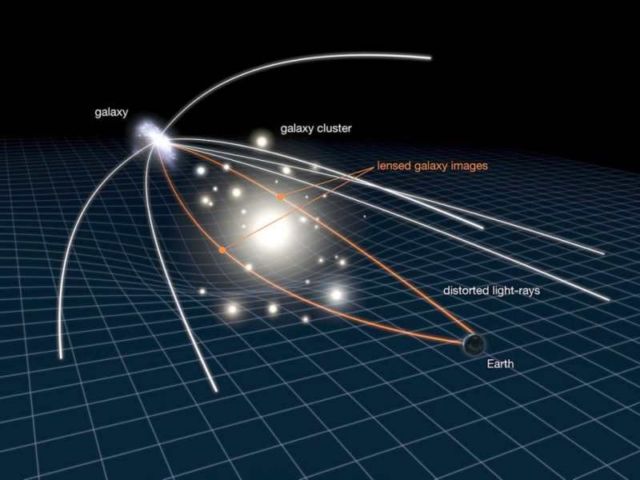
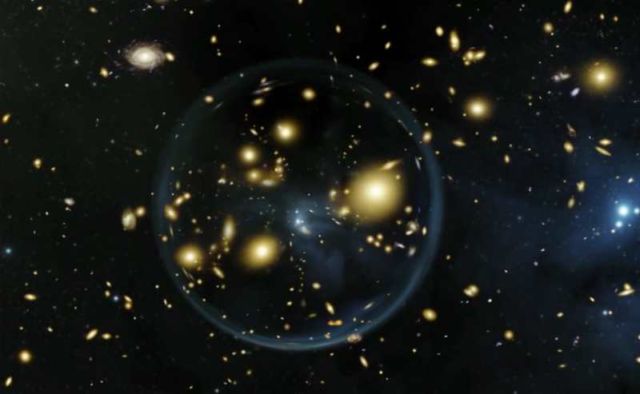
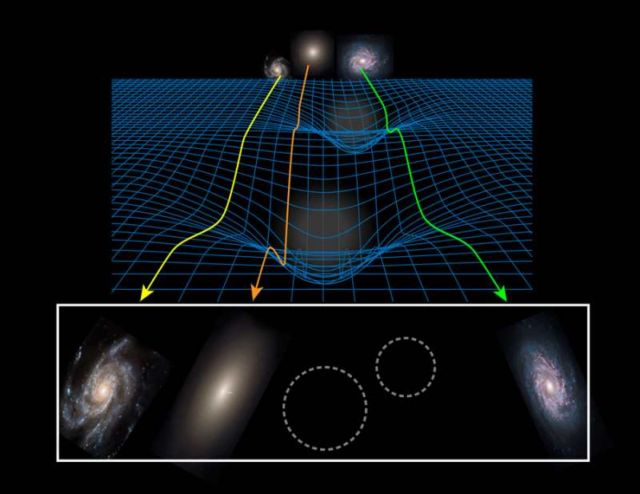


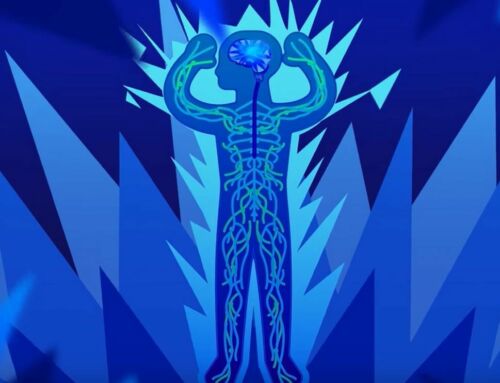
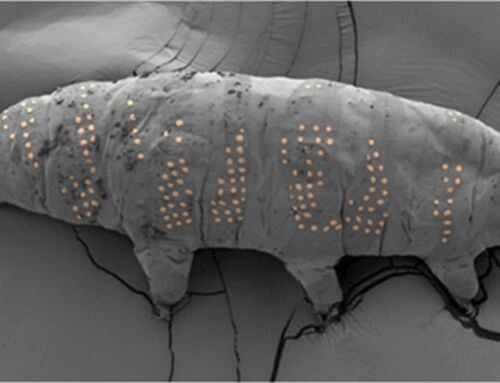
Leave A Comment